-
What is a Formal garden? How to design formal gardens for beginners
 Lee Burkhill: Award Winning Designer & BBC 1's Garden Rescue Presenters Official Blog
Lee Burkhill: Award Winning Designer & BBC 1's Garden Rescue Presenters Official Blog

It can be easy to become confused between a formal and informal garden style. Certainly, because some fusion gardens mix the two muddying the design waters. This garden design guide to formal gardens will show you how to spot one, design a formal garden and why you may choose one for your own garden space.
Formal garden styles encapsulate everything that is ordered, symmetrical and precise. The gardens of Levens hall, Versailles in France, Bodelwyddan’s knot garden, and clipped hedges of yew and box will all bring to mind the classic formal garden to experienced gardeners. Neat lines and symmetry are key for formal gardens along with a restrained colour palette and paired back mix of materials.
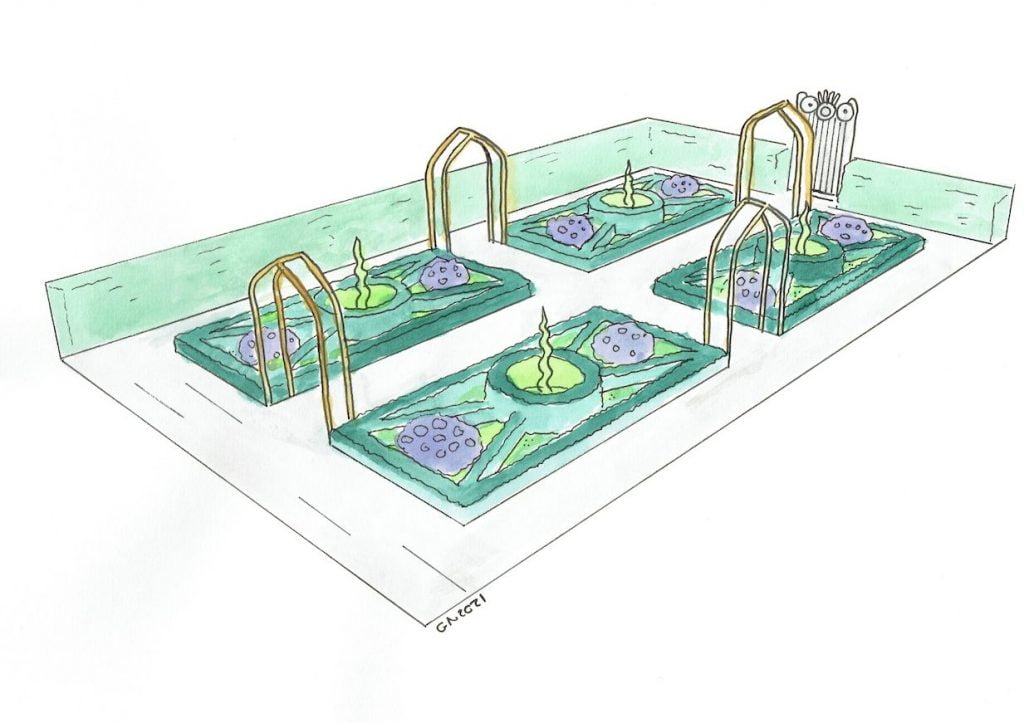
A formal garden is a meticulously planned and structured garden characterized by geometric shapes, symmetrical layouts, and precisely arranged garden elements. These gardens often feature straight lines, clipped hedges, formal pathways, ornate sculptures, and meticulously maintained flowerbeds. The design typically reflects a sense of order, balance, and harmony, and the planting schemes are often symmetrical.
Formal gardens are often associated with classical or traditional styles and are commonly found in historical estates, palaces, and public parks. They are designed to evoke a sense of elegance, sophistication, and grandeur. Formal gardens showcase ultimate control over mother nature, make of that what you will!
Formal gardens can usually be folded on an axis to make a completely symmetrical garden. Imagine folding a pattern on a piece of paper and this is sometimes a good analogy for a ‘true’ formal garden. They follow symmetry, order and neatness.
Whilst there are many derivatives the formal style of a garden follows a set of rules or standards that make them fit the ‘formal style’. Formal gardens are often higher maintenance due to the amount of clipping or attention they require to keep them looking neat and tidy.
The ‘formal garden’ style follows a very distinct set of design principles which can help you both plan your garden and spot a formal garden layout easily. Compared to informal garden design styles, the formal layouts follow strict easily identified principles.
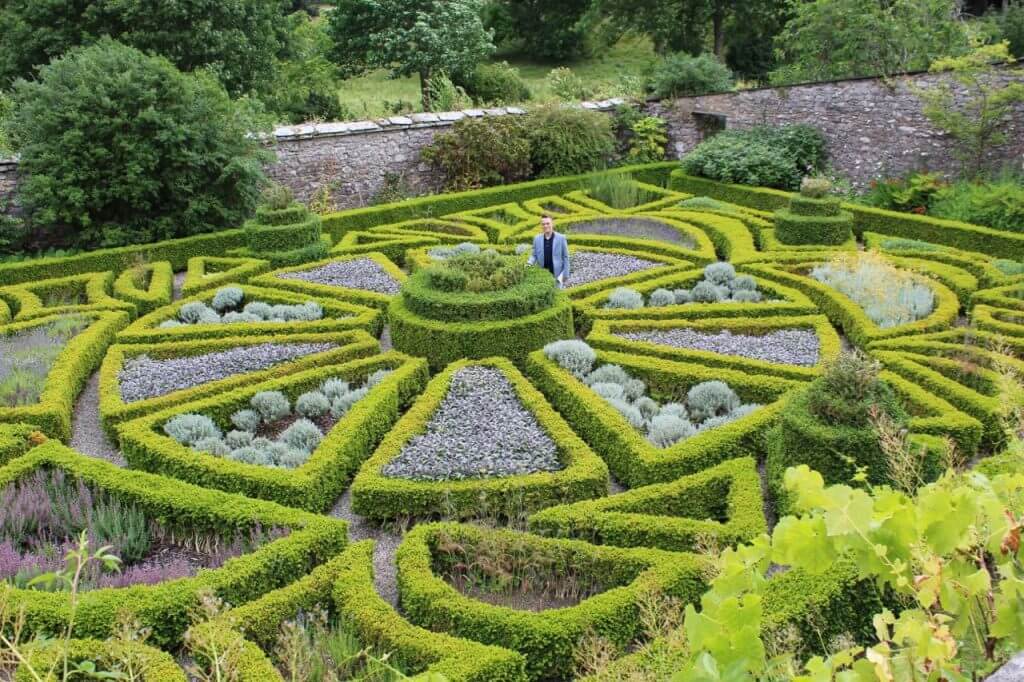
Gardeners who choose a formal garden style will be drawn towards them because they appeal to certain characteristics. I’ll provide some general statements about formal gardens below to assist you. This is not an exhaustive list but there are characteristics of a formal garden that appeal to certain personality types of gardeners.
If you agree with these it may suggest a formal garden is a style you’re most drawn to!
Formal gardens are not necessarily harder to maintain than any other garden but they do require more time dedicated to them. This is because they start to look messy and unkempt far quicker than say a formal garden. As formal gardens use sharp clean symmetrical layouts, any scruffy or wayward plants or hedges will soon break this symmetry causing the garden to look off-balance.
However, the amount of maintenance a formal garden needs really does depend on the components, plants and materials used in a formal garden.
For example, if you choose clipped box hedging, then yes there will be some maintenance to keep them looking sharp and trim. Probably clipping them 3 to 4 times per year. If however, you went for raised beds or a walled garden to provide your pattern then these structures are lower maintenance in comparison. Choosing slow-growing shrubs will also reduce the maintenance of any hedging you use.
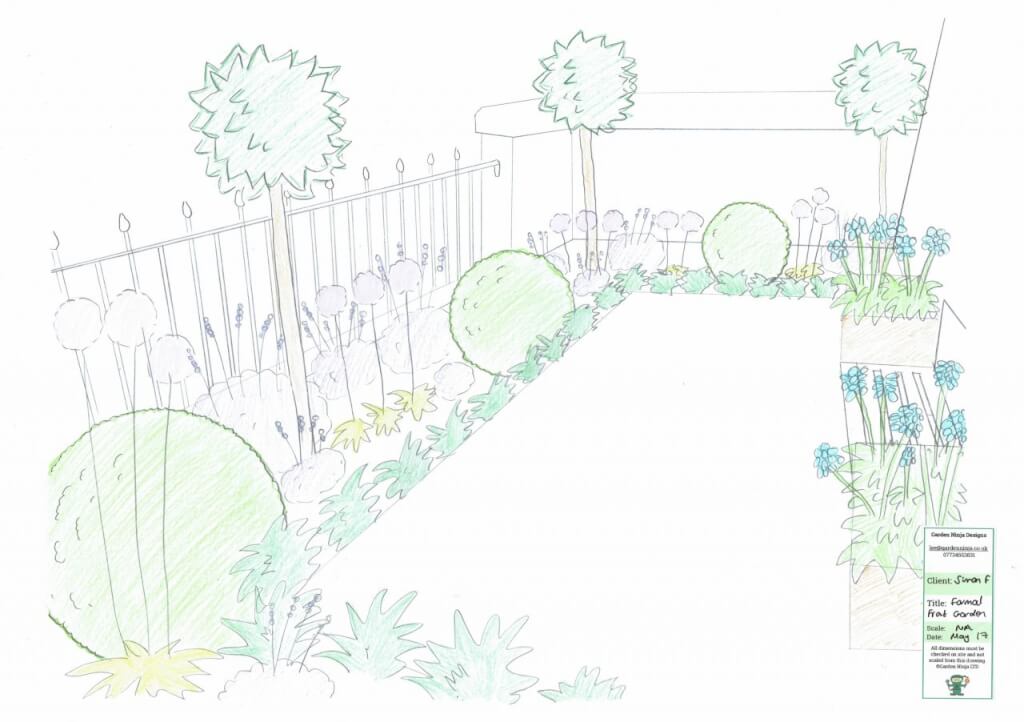
For lower garden maintenance utilising gravel and slow-growing plants, a very formal structured garden can be created with minimal maintenance. Garden Ninja can design you a garden that provides the neatness and order of a formal garden but with a low-maintenance planting scheme.
Gravel is often used within formal garden patterns to provide interest to ground cover, rather than just exposed soil. It also helps suppress weeds and keep patterned borders looking unified.
Did you know that you can take my course and learn how to become a Garden Ninja yourself? Click here for details
Formal gardens are known for their structured and symmetrical designs, often featuring meticulously maintained plants that contribute to the overall sense of order and elegance. Here are some common plants found in formal garden styles:
Garden Ninja visited Bodelwyddan formal garden and Kitchen Garden during its prime season in Summer. It’s a wonderful example of a classic formal knot garden and formal kitchen garden. Lovingly looked after by the grounds people in the garden which overlooks Llandudno in Wales. This is the epitome of formal garden design where everything is manicured to within an inch of its life.
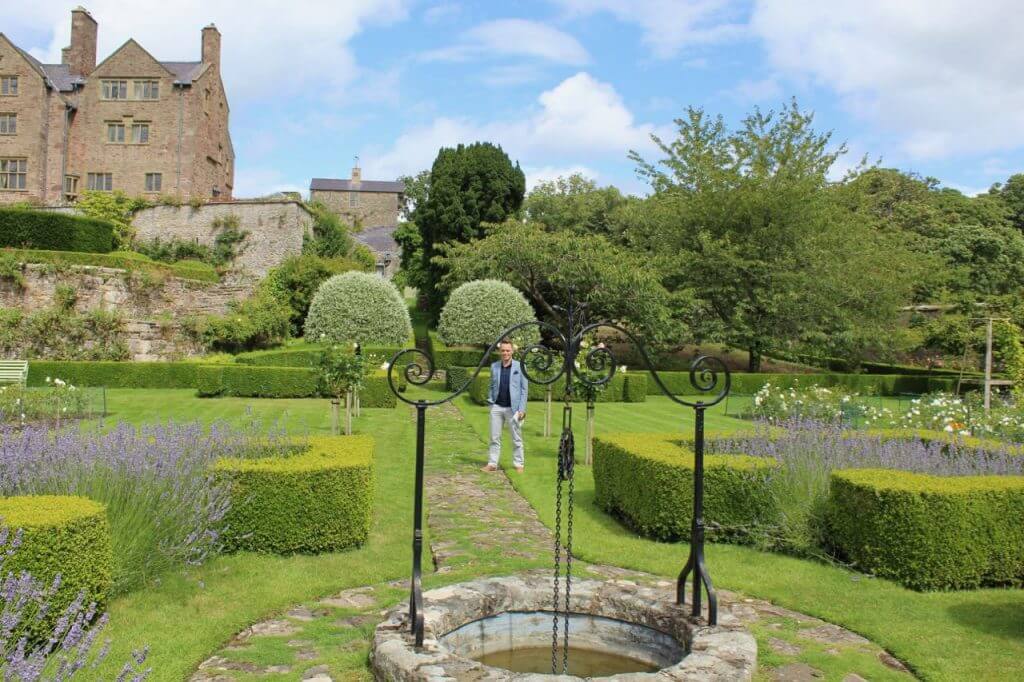
The award-winning restaurant provides amazing views over the gardens which are serene and incredibly well-ordered. So le’ts take what wwe have learnt about formal gardens so far and see how this garden stacks up as a classic excample of a formal garden!
This is a perfect example of a formal garden showing restraint and razor precision with the planting. It’s definitely worth a visit if you’re thinking about a formal garden or a traditional walled garden. Visiting formal gardens in person can really help you decide whether this neat and tidy design style is for you.
The short answer is yes small gardens lend themselves really well to formal garden design styles! However, smaller gardens require more care when being designed to make the most of the space and the layout.
Formal gardens can work really well on a small scale as they can draw the eye to certain parts of the garden and give order to a small space that looks a bit lost. In a small garden, the key is to adapt the formal elements to suit the available space. This might involve using smaller-scale features such as compact hedges, raised beds, geometrically shaped containers, and carefully placed focal points like urns or statues.
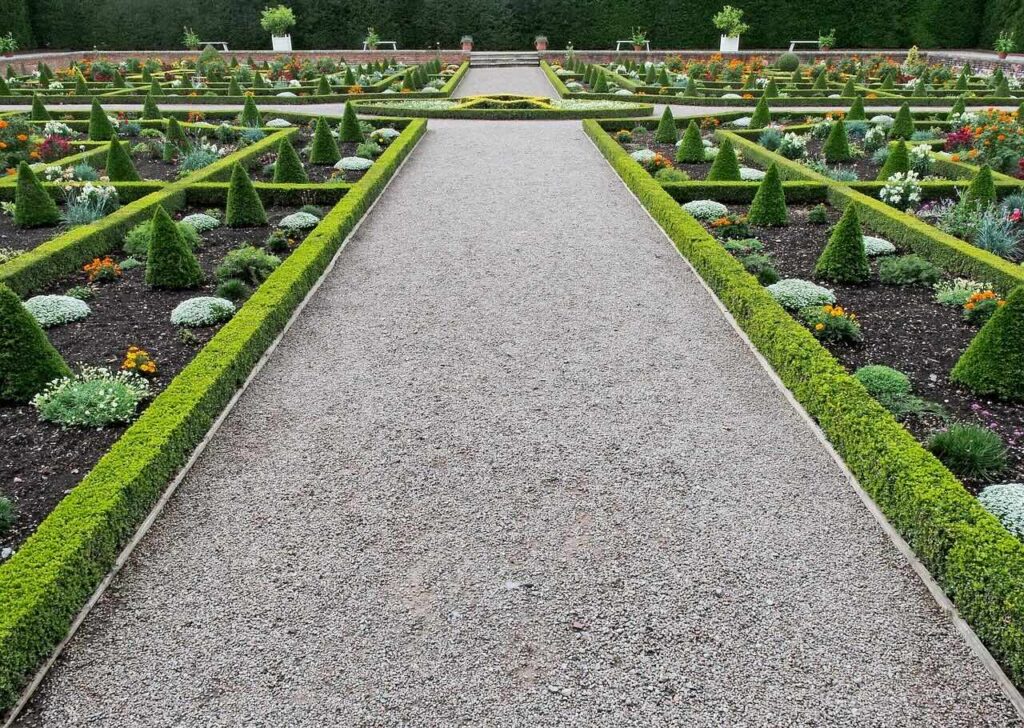
The use of symmetrical layouts, geometric patterns, and neat, orderly planting arrangements can still create a sense of formality and elegance, even in a limited area. Using patterns you can even elongate a small garden by using certain optical illusions, distractions or borrowed views.
By carefully planning and selecting the right elements, a small garden can achieve a polished and refined look characteristic of formal design.
Formal gardens are well-suited for those who appreciate symmetry, order, and structured design in outdoor spaces. They are ideal for individuals who prefer meticulously planned layouts and geometric patterns, often characterized by neatly trimmed hedges, precisely arranged plantings and symmetrical features.
People who enjoy classic, elegant aesthetics and prefer a more controlled and refined atmosphere in their gardens will find formal gardens appealing. Additionally, formal gardens are suitable for those who have the time and resources to maintain them properly, as they typically require regular pruning, shaping, and upkeep to maintain their polished appearance.
Furthermore, formal gardens can complement architectural styles, such as Georgian or Victorian homes, and suit environments where a sense of grandeur and sophistication is desired. Overall, formal gardens are favoured by those who appreciate the timeless elegance and enjoy the meticulous craftsmanship and attention to detail associated with these meticulously designed outdoor spaces.
Are you a formal garden fan? If so why not Tweet, Facebook or Instagram me with your pictures? You can also follow me on YouTube where I’ve got plenty of garden guide vlogs.
Get in touch to discuss how a formal garden design could work for you.






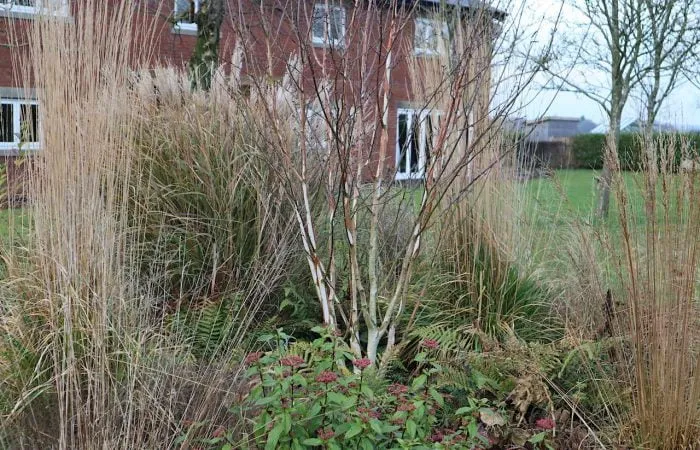
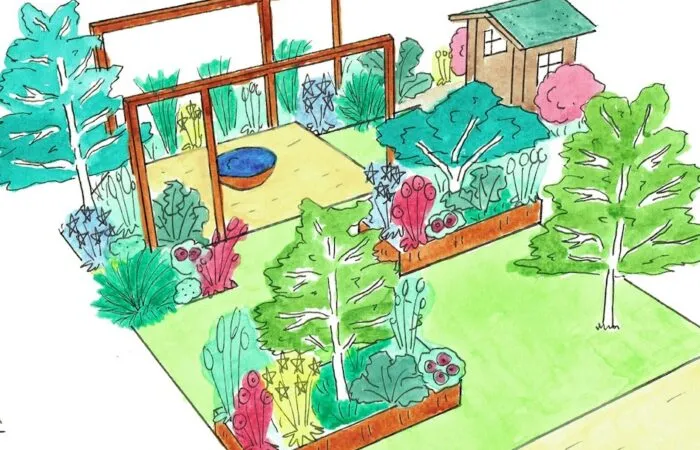
JOIN THE NINJAS

Be the first in line for new Guides, Discount codes and Offers